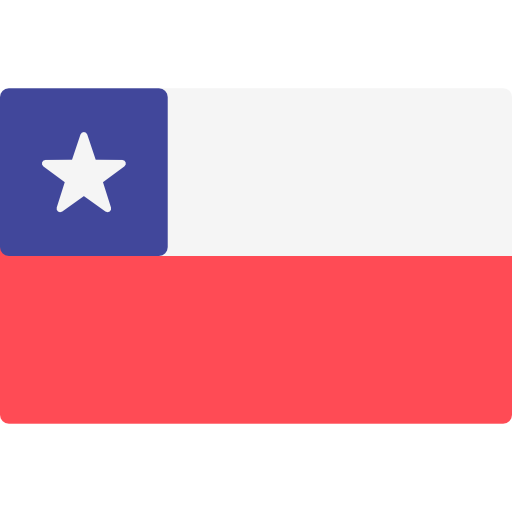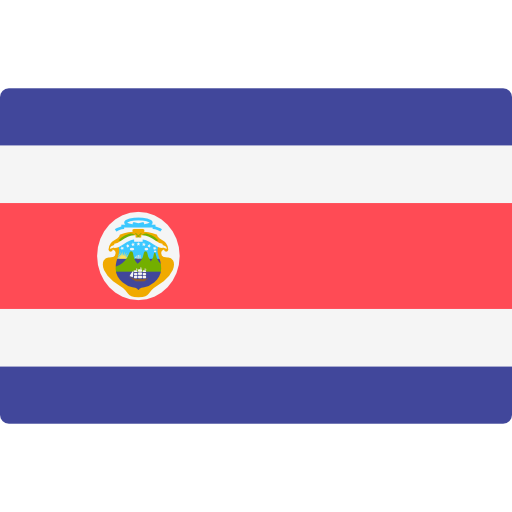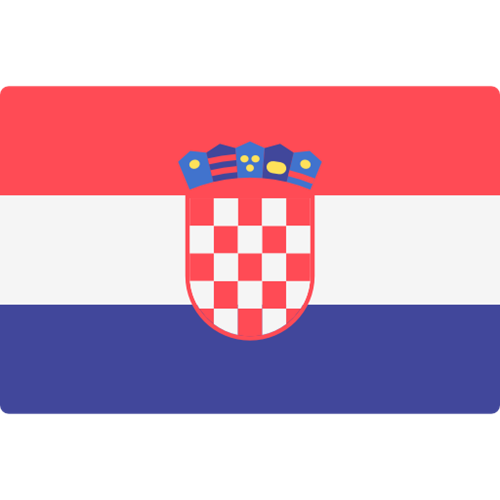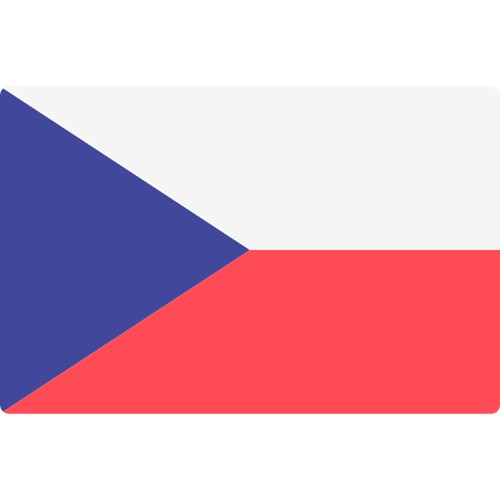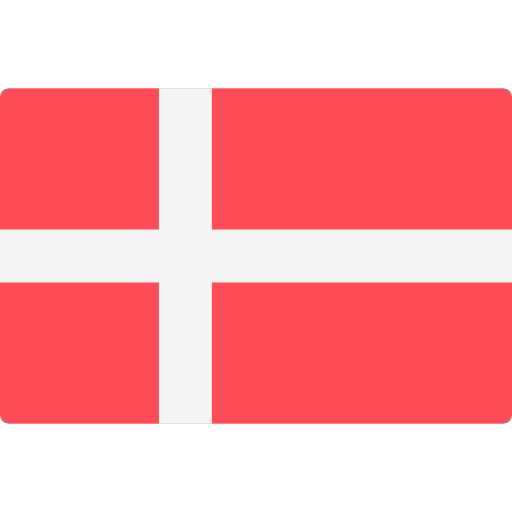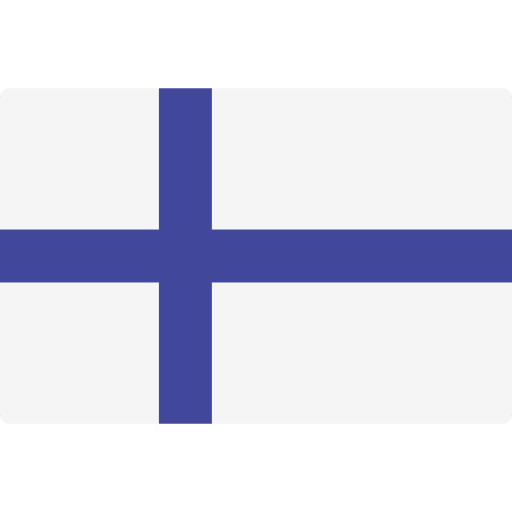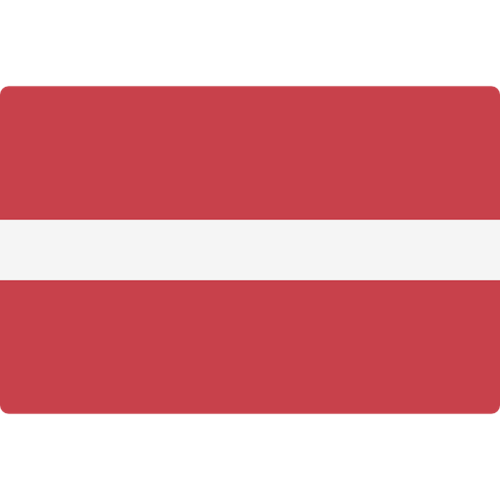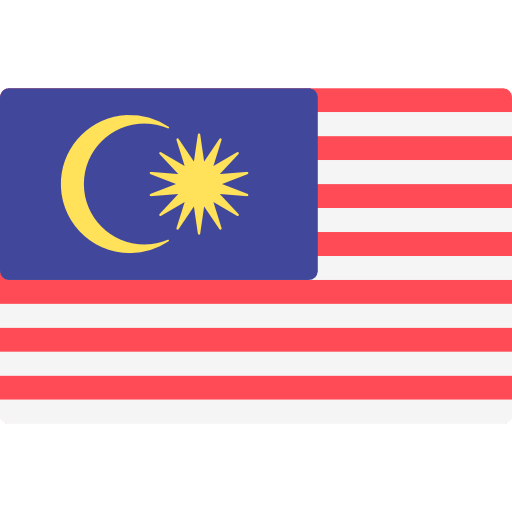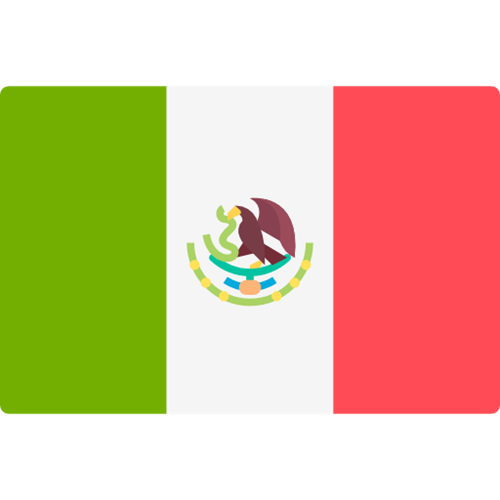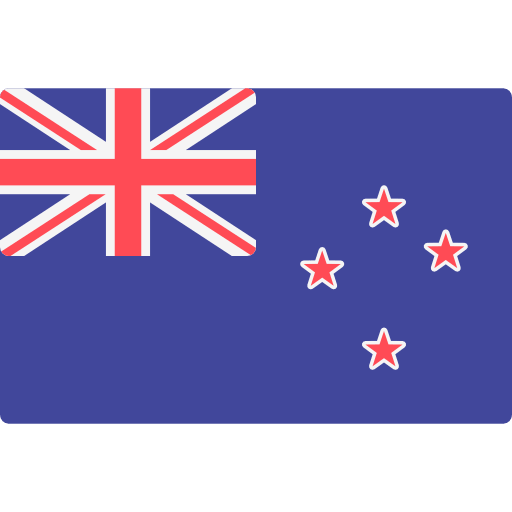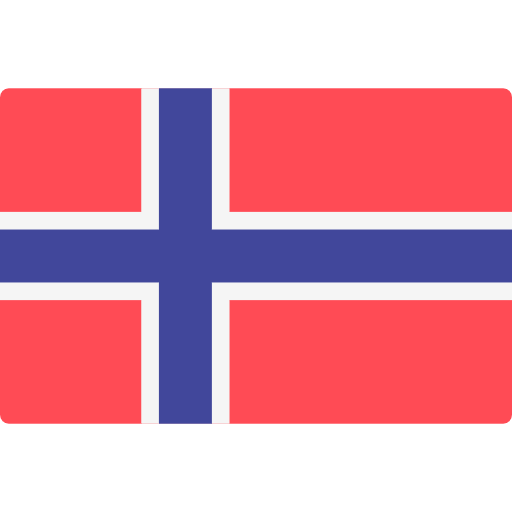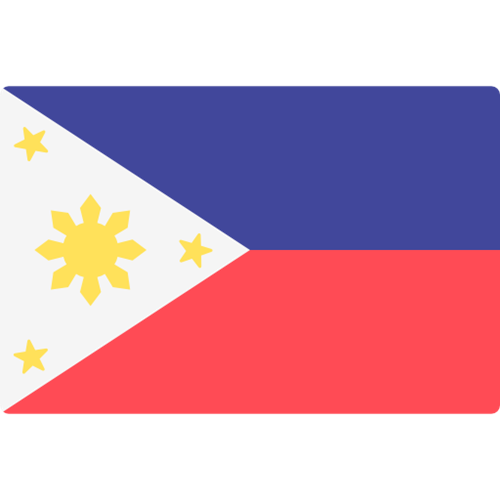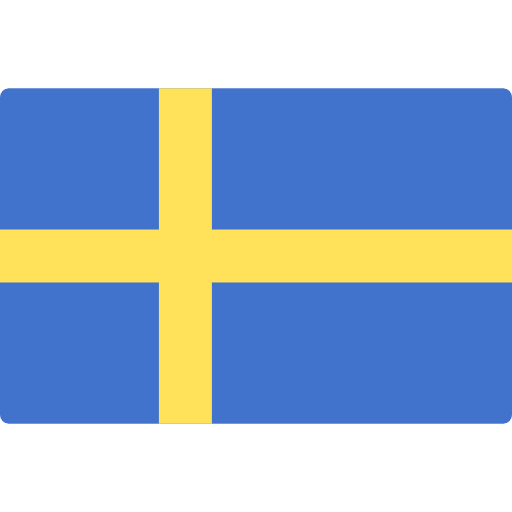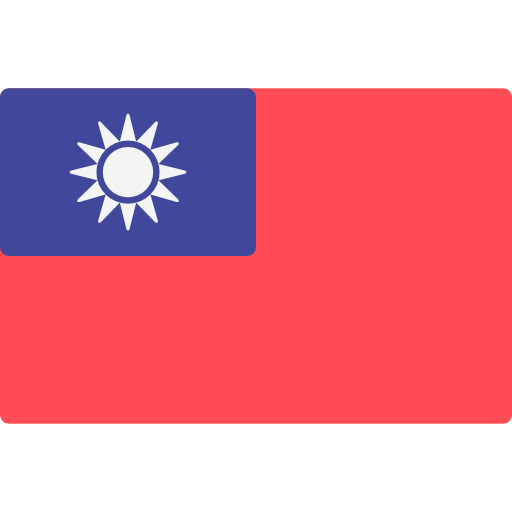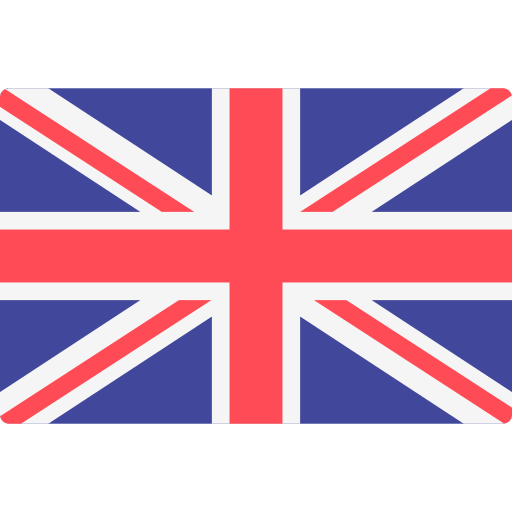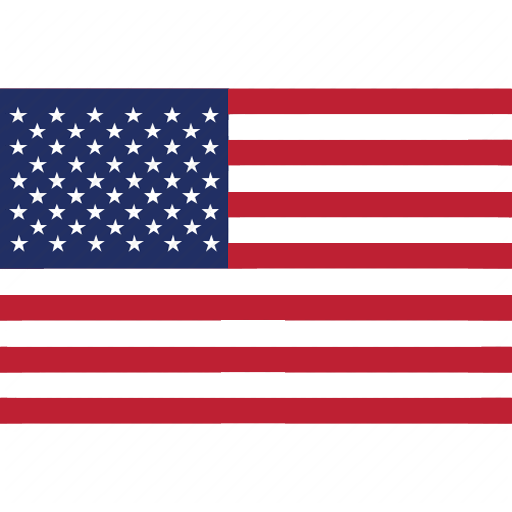Eurofins Softlines & Leather Monthly Bulletin (November 2025)


Update to Candidate List of Substances of Very High Concern (SVHCs)
On 5 November 2025, the European Chemicals Agency (ECHA) officially added a new substance to the Candidate List of Substances of Very High Concern (SVHCs), bringing the total number of entries to 251.
Please see below a table indicating the latest substance addition:
|
Nº |
Substance name |
EC number |
CAS number |
Reason for inclusion |
Examples of use(s) |
|
1 |
1,1'-(ethane-1,2-diyl)bis[pentabromobenzene](DBDPE) |
284-366-9 |
84852-53-9 |
Very persistent and very bioaccumulative, vPvB (Article 57e) |
Flame retardant |
Legal obligations for companies using SVHCs include:
- Suppliers must provide customers and consumers with sufficient information to ensure the safe use of products that contain an SVHC at a concentration above 0.1% (weight by weight).
- Importers and producers of such products must notify ECHA if their article contains SVHCs above a concentration of 0.1% (w/w), and the substance is present in quantities totalling more than one tonne per producer or importer per year. Notifications must be submitted within six months of the date the substance is included in the list.
- Suppliers of substances on the Candidate List, whether supplied on their own or in mixtures, must provide their customers with a safety data sheet.
- Under the Waste Framework Directive (Directive 2008/98/EC on waste – WFD), any supplier of an article containing an SVHC at a concentration above 0.1% (w/w) on the EU market is required to submit a SCIP notification for that article to ECHA, effective from 5 January 2021. SCIP is the database holding information on substances of concern in articles, whether as such or in complex objects (products), established under the WFD. The SCIP database complements existing notification obligations for Candidate List substances in articles subject to the REACH Regulation and its related communication through the supply chain, in accordance with Articles 7(2) and 33, respectively.
Click here to access the official list on ECHA’s website.
New guidelines for traceability in textile supply chains
On 15 October 2025, the European Committee for Standardization (CEN) published CWA 18291:2025 , titled “TRICK – Guidelines on Data Collection from Textile Supply Chains for the Digital Product Passport.” This CEN Workshop Agreement provides a structured approach for gathering validated data throughout textile and footwear supply chains, aiming to support traceability, transparency, and sustainability claims.
Developed in the context of the TRICK project and other EU initiatives, the document outlines a comprehensive framework aligned with the European Commission’s textile strategy. It includes methodologies for ensuring data integrity, such as the use of blockchain references and environmental footprint tracking.
The CWA is designed to help companies collect the necessary information to support Digital Product Passport (DPP) declarations, promote semantic consistency and interoperability, and share insights from industrial pilot projects to facilitate compliance with upcoming EU regulations.
It is intended for all stakeholders in the textile industry, as well as IT solution providers working on ERP, PLM, traceability, customs, and sustainability tools.
The table below summarises the most recent standard updates and upcoming dates of withdrawal (non-exhaustive):
(*) Date of availability: The latest date by which national standards conflicting with a European Norm (EN) (and Harmonisation Document (HD) for the European Committee for Electrotechnical Standardisation (CENELEC)) must be withdrawn.
|
The European Committee for Standardisation (CEN)/CENELEC |
|||
|
Reference |
Title |
Date of withdrawal(*) |
Supersedes |
|
Size designation of clothes - Part 2: Primary and secondary dimension indicators (ISO 8559-2:2025) |
31 March 2026 |
||
Draft proposal about the disclosure of information on discarded unsold consumer products
On 9 September, the European Commission published a draft implementing regulation under Regulation (EU) 2024/1781, introducing new requirements for companies to report on the destruction of unsold consumer products. This measure forms part of the EU’s strategy to promote sustainability and reduce waste.
From its expected entry into force in 2026, large companies — and from 2030, medium-sized companies — will be required to:
- Report annually on the quantity and weight of unsold consumer products that have been discarded
- Explain the reasons for discarding them
- Detail the waste treatment methods used (e.g., recycling, destruction, reuse)
- Describe preventive measures taken to avoid future destruction
Information must be presented in a standardised format, as described in the draft implementing regulation, and products must be classified using Combined Nomenclature (CN) codes in accordance with Regulation (EEC) No 2658/87.
Click here for the draft regulation on the EUR-Lex portal.
Spain delays textile EPR implementation following public consultation feedback
In September 2025, the Ministry for Ecological Transition and the Demographic Challenge concluded a public consultation and information process on the Draft Royal Decree that will regulate textile and footwear products and the management of their waste. This initiative falls within the framework of Law 7/2022 on waste and contaminated soils for a circular economy, and aims to establish an extended producer responsibility system for these products.
Through this measure, the Government seeks to promote more sustainable management of textile and footwear waste, encouraging shared responsibility among producers and active involvement from citizens. Although the approval of the Royal Decree was initially scheduled for early next year, it has been postponed due to the large volume of comments received during the public consultation. Officials at the Ministry for Ecological Transition (MITECO) must now review all feedback before proceeding with the process.
As a result, the implementation of key production and recycling obligations for textiles will be delayed.
Click here for the draft Royal Decree on the MITECO website.
Below you will find a monthly summary of product recalls and alerts in Europe (Source: “Safety Gate (RAPEX)”) and the United States (Source: “CPSC”).
Safety Gate (RAPEX) (European Commission Rapid Alert System for dangerous non-food products – Alerts reported by EU national authorities).
The following 4 alerts regarding clothing, textile, and fashion items were reported between week 36 and week 39 of 2025.
|
Type of Risk |
Number of alerts |
Notes |
|
Chemical |
1 |
Children’s sandals The leather in the product contains chromium VI. The product does not comply with the REACH Regulation. |
|
1 |
Gloves The leather in the product contains chromium VI. The product does not comply with the REACH Regulation. |
|
|
Chemical, Environmental |
1 |
Socks The product has an excessive concentration of nonylphenol ethoxylates. The product does not comply with the REACH Regulation. |
|
Environmental |
1 |
Rain poncho The plastic material of the product has an excessive concentration of bis(2-ethylhexyl) phthalate (DEHP). It also contains short-chain chlorinated paraffins (SCCPs). The product does not comply with the REACH Regulation or the Persistent Organic Pollutants (POP) Regulation. |
From 2 October 2025 to 25 October 2025, the CPSC (Consumer Product Safety Commission) published the following recalls: 7 recalls of textile & leather products
|
Hazard |
Number of alerts |
Notes |
|
Burn injuries or death |
2 |
Children’s loungewear The recalled children’s loungewear sets violate the mandatory flammability standard for children’s sleepwear, posing a risk of burn injuries or death to children. |
|
Serious injuries, internal chemical burns and death |
1 |
LED tutu skirts The recalled LED tutu skirts violate the mandatory standard for consumer products containing button cell or coin batteries because the LED lights connected to the skirts contain lithium coin batteries that can be accessed easily by children. Additionally, the tutu skirts do not have the warnings required by Reese’s Law. When button cell or coin batteries are swallowed, the ingested batteries can cause serious injuries, internal chemical burns and death. |
|
Burn |
1 |
Sauna blankets The sauna blankets can overheat, posing a burn hazard. |
|
Strangulation |
1 |
Youth jackets A drawstring in the hood of the recalled jackets presents a substantial product hazard as it can get caught on objects and cause death or serious injury to children, due to strangulation. |
|
Serious injury or death from fire |
2 |
Mattresses The mattresses violate the mandatory flammability standard, posing a risk of serious injury or death from fire. |







